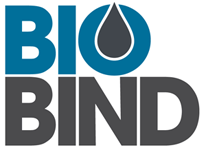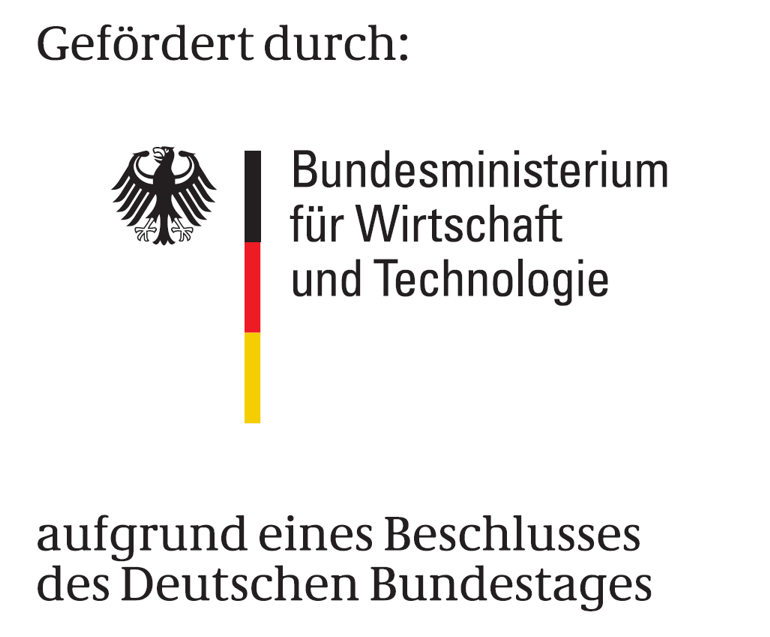Ölhavarie vor Neuseeland (engl.)
Informationen zur Havarie des Containerfrachters Rena vor der Küste Neuseelands.
http://www.maritimenz.govt.nz/Rena/
Auszüge aus den offiziellen Veröffentlichungen (Maritime New Zealand)
What has happened?
At around 2.20am on Wednesday 5 October, Rena struck the Astrolabe Reef and grounded en route from Napier to Tauranga.
After serveral weeks most of the bunker fuel could be removed from Rena. According to the sea state conditions the containers on board of the ship was removed one by one. On the weekend around the 7th and 8th of January heavy swell with a significant wave height of 6 m hit the ship and broke it into two parts. The stern section of the ship fall off the reef and sank and is now almost completely submerged. The bow section of Rena still remains stable on the reef.
Rena by the numbers
Please note: some numbers are estimates and many of these numbers are subject to change
At the height of the response approximately 600–800 people were involved in the oil spill response team,** including members of the Incident Command Centre (ICC) and people in the field undertaking beach clean-up and wildlife response. Numbers as at 14 November are.
Around 50 staff managing the overall response from the ICC
Over 50 New Zealand Defence Force personnel on standby to respond within 24hours for any further assistance required.
Around 40 oil spill responders working in the field.
80 people working in the wildlife response team, including National Oiled Wildlife Response Team personnel, veterinarians, ornithologists and expert responders with experience in the capture and treatment of oiled birds and volunteers.
1 Department of Conservation personnel providing field support to the wildlife response, conducting field surveys, collecting live and dead oiled wildlife, and providing logistical support, with others available at short notice.
Another 16 oil spill responders working in the field.
Technical advice and personnel has been provided from Australia, the UK, US, Netherlands and Singapore, with offers of assistance and equipment and under international agreements
Beach clean up
922 tonnes of waste collected
A total of 7,937 volunteers are registered in the volunteer database
Salvage
Over 1,000 tonnes of oil recovered through fuel recovery operations on board Rena (at 5.30pm on 30 October).
319 tonnes removed from the starboard no. 5 tank, as at 3.30pm on 13 November.
1,712 tonnes of oil on board Rena when it grounded
Around 350 tonnes of oil lost overboard off Rena initially
5–10 tonnes of oil lost overnight on Saturday 22 October
25 crew on board Rena at time of grounding
40 member salvage team from the appointed salvage company Svitzer with local support teams and colleagues providing round-the-clock technical advice and analysis from Australia, Singapore and the Netherlands
Containers
1,368 containers on board Rena at time of grounding
814 containers stored below deck
121 containers with perishable foodstuffs
11 containers with dangerous goods
88 containers (total) lost overboard - 19 of these have been recovered
49 containers removed since container recovery began on November 16
220 transponders fitted to containers
Wildlife
500 birds can be housed at the Wildlife treatment and rehabilitation facility established in Te Maunga
409 animals being cared for at the wildlife facility
343 clean little blue penguins
2 oiled little blue penguin
4 clean pied shags
60 rare New Zealand dotterels pre-emptively caught and held in wildlife centre
100 rare New Zealand dotterels in Bay of Plenty area
1,500 rare New Zealand dotterels in existence
2,008 dead birds collected
Equipment
1 Squirrel Helicopter for winching people on and off Rena
1 C172 aircraft used for aerial observation flight
2 MNZ-owned oil recovery vessels, Kuaka from Auckland and Tukuperu from Picton
1 anchor-handling tug, Go Canopus, on site for container recovery, receiving oil and capable of maintaining station in poor weather
1 landing craft vessel Brandy Wine1 barge Sea Tow 60
1,200 metres of ocean-going booms from across New Zealand
Salvage equipment brought by Svitzer includes air compressors, power generators, chains, shackles, ropes, tools and oil removal equipment
5 NZDF Army Unimogs
Equipment used during the reponse that has subsequently been stood down:
1 double-hulled tanker Awanuia, capable of receiving oil from Rena2 Port of Auckland tugs Maui and Waka Kume and Auckland barge Paponui
1 tug Swiber Torunn 1 crane ship Pancaldo
1 Bell 214 Helicopter flying equipment to Rena, carrying 3 tonnes at a time
3 local tugs mobilised to intercept drifting containers and debris
3 mussel barges, Ocean Phoenix, Northern Quest and Union Beach, used for on-water oil recovery operations
3 NZDF Navy inshore patrol vessels, Rotoiti, Hawea, Taupo, and Pukaki
1 NZDF Navy fuel tanker EndeavourNZDF light operational vehicles
NZDF Seasprite helicopter
5 NZDF Unimogs
NZDF literal warfare support group personnel and assets, conducting surveys of shipping lanes
At the height of the response there werebetween 200–300 personnel managing the response from the incident command centre. These included people from MNZ, the National Response Team, regional and local councils, Massey University, the Department of Conservation, the University of Waikato, WWF and New Zealand Fire Service. This figure also includes trained oil spill responders leading volunteers and other personnel in the field.
around 150 NZDF personnel, from the Air Force, Navy and Army, with another 150 on short notice to respond as needed
around 150 Department of Conservation personnel providing field support to the wildlife response, conducting field surveys, collecting live and dead oiled wildlife, and providing logistical support, with others available at short notice
around 100 people working in the wildlife response team, including National Oiled Wildlife Response Team personnel, veterinarians, ornithologists and expert responders with experience in the capture and treatment of oiled birds.


